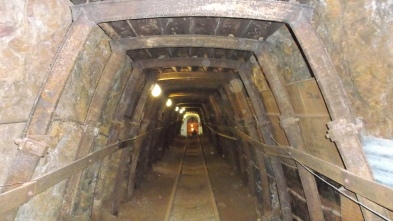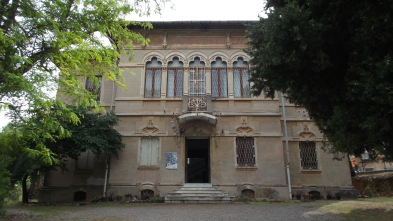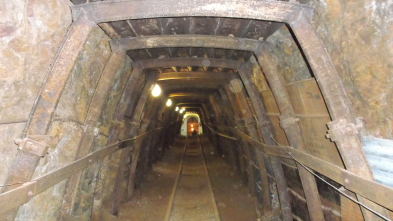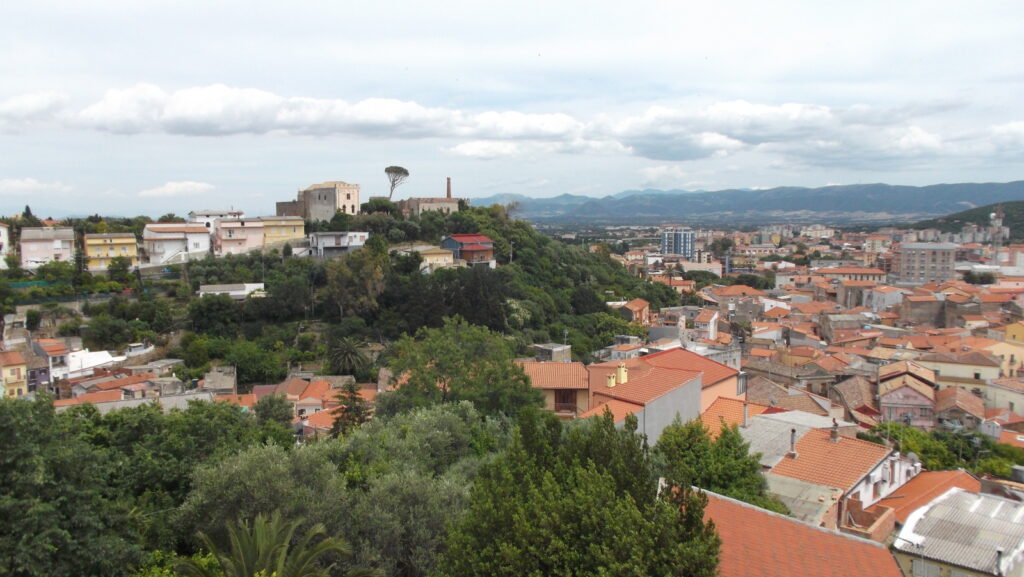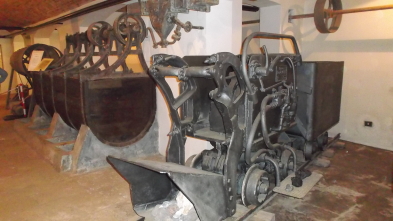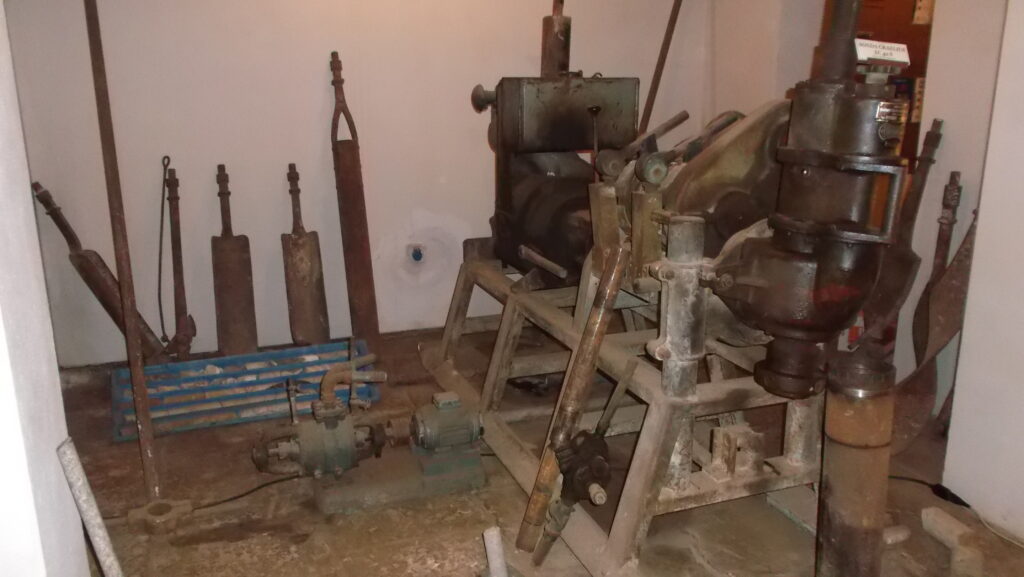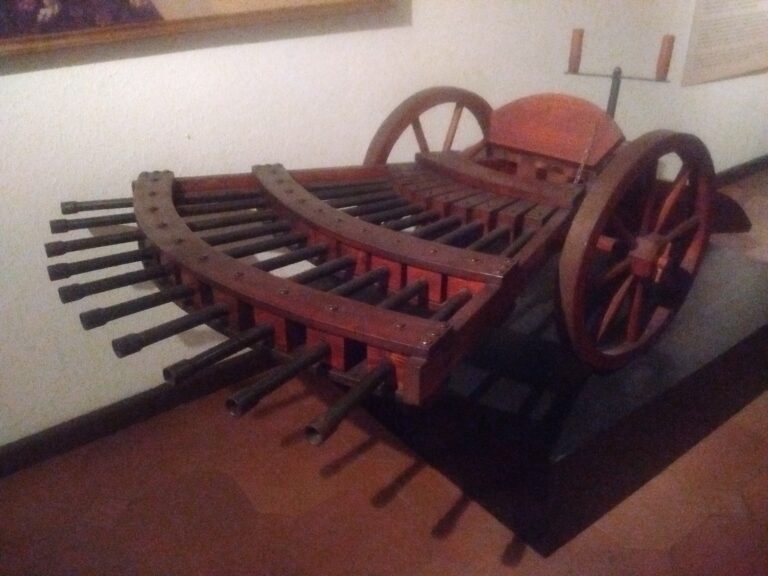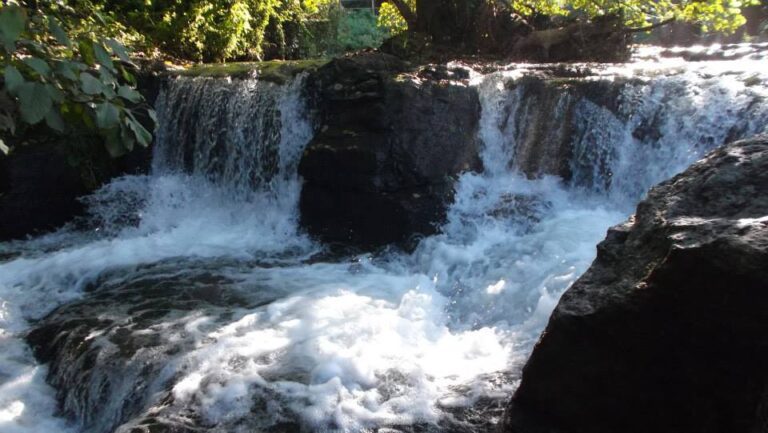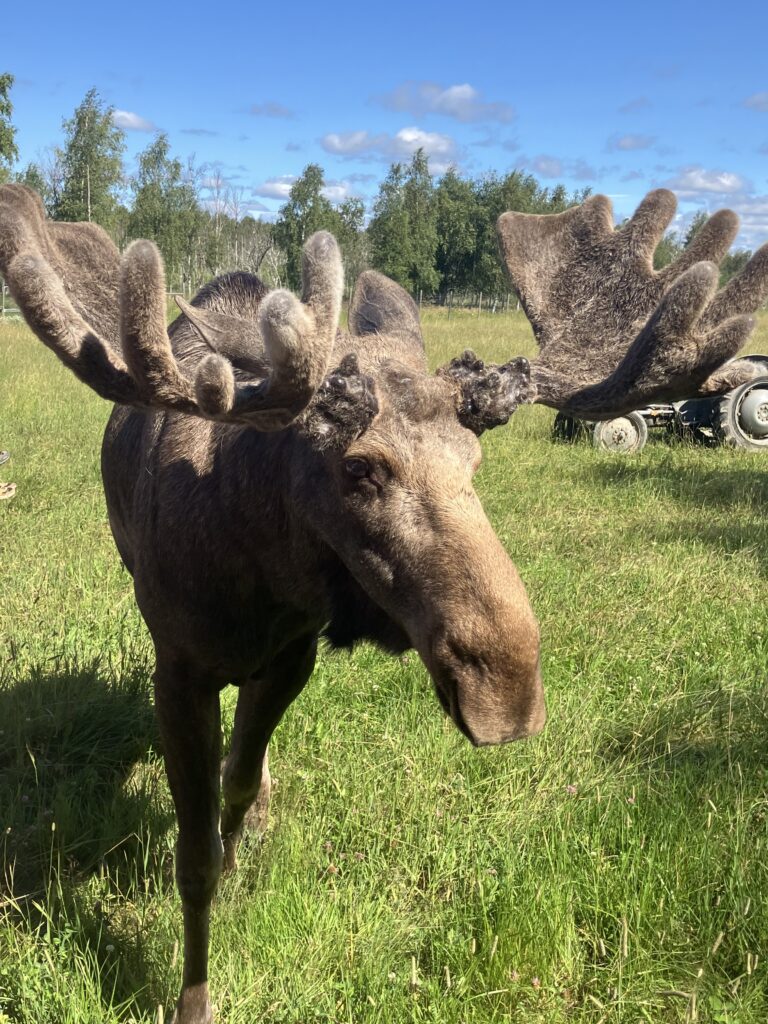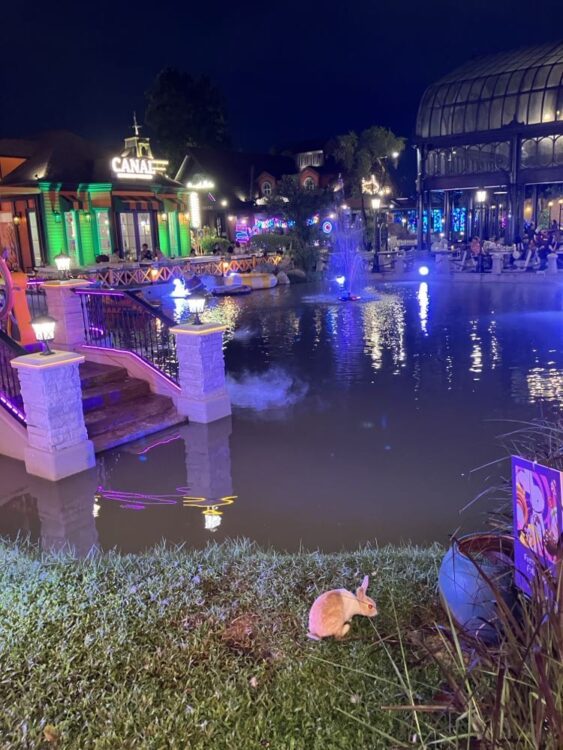Unearthing a Different Sardenia at the Museum of Mining Art in Iglesias
Golden sandy beaches, crisp blue skies and beautiful women sunbathing in bikinis: this picture of Sardinia dominates the collective imagination. But there’s also so much more to this beautiful Mediterranean island.
Sardinia has also a long history of mining. The thought of abandoned underground tunnels stretching beneath your feet may not be as alluring as some of its most popular destinations. But it does make for something different, interesting and unexpected; in other words, a Surprise Spot.
Index
Reaching The Museum of Mining Art
Iglesias, situated in the southwest of the island, is a small yet beautiful city. A 45 km (28-mile) train ride separates it from Cagliari Elmas Airport, crossing the Sardinian countryside and feeding hungry eyes with some breathtaking naturalistic vedute.

Just outside of the city historic centre, within easy walking distance, lies the Museum of Mining Art or Museo dell’Arte Mineraria in Iglesias.
A Liberty-style building, which I’d paradoxically define as beautiful in all its intricate simplicity, marks the location of the Istituto Tecnico Minerario “Asproni”. Inaugurated in 1911, the school once trained engineers and technicians for the mining industry. Today it is best known for housing The Museum of Mining.
A Journey through History
The museum was established in 1988, long after the founding of the Asproni school, with the goal of preserving Iglesias’ mining heritage. It offers plenty of fascinating exhibits, including a vast collection of mining machinery. Some of these machines look grotesque. Others tell the story of the backbreaking – and often perilous – work Sardinian miners endured daily. It was indeed a highly dangerous job. Cave-ins and collapses. Toxic exposures. Explosions and flooding. Accidents, sometimes fatal, were common occurrences.
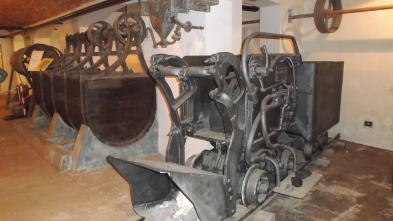
Lead, zinc, and silver – extracted as a byproduct of lead mining – were the main minerals sourced from the Iglesiente area. Of these, the most relevant one was lead. It had a multitude of applications, from construction to pipes and ammunition manufacturing, making it the cornerstone of the region’s economy.
The Nuragic people were the first to exploit the surface deposits of copper 3,000 years ago. Later, the seafaring Phoenicians and Carthaginians (1000 – 238 BC) expanded the trade significantly. So did the Romans (238 BC – 476 AD). Mining activities continued, with some ups and downs, through the Middle Ages and the Industrial Era, eventually coming to an end in the early 1990s. Such things as depleted deposits, global competition and a changing economy were the culprits.
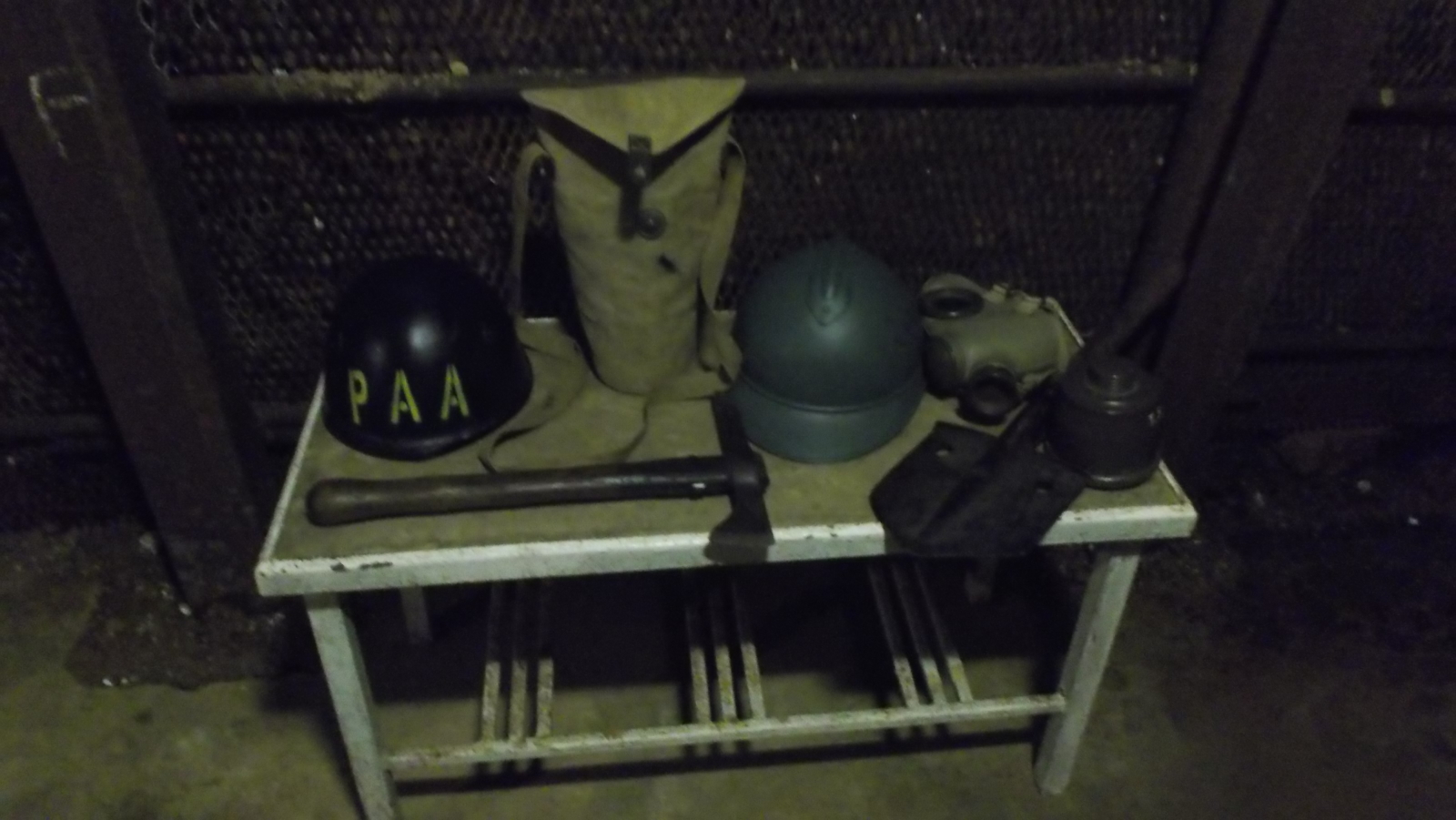
The best part: exploring the mines
The basement of the Asproni school holds an unexpected highlight: 300-400 meters of explorable tunnels.
This is, in my opinion, what makes visiting the museum really worthwhile. Learning about mining history and seeing the machinery is fascinating, surely. But stepping into the tunnels is a whole different experience.
It’s claustrophobic.
It’s also strangely enticing. You can truly grasp the atmosphere in which the miners worked. The air smells differently, humid and cold. And there are also a number of strategically placed mannequins, reenacting miners in the midst of excavation.
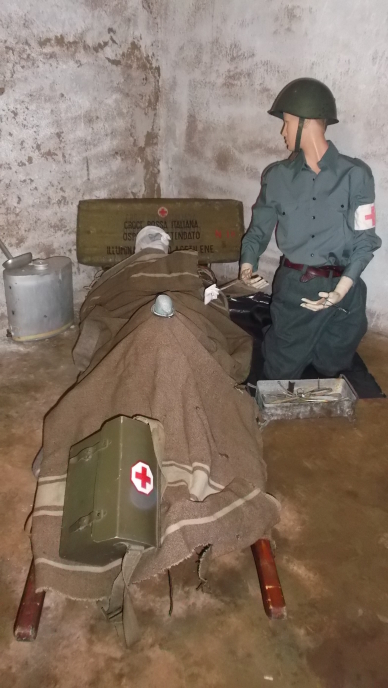
The tunnels look exactly like the ones you’d expect to see in a movie. Dark and deep; narrow and damp. Wooden supports, called armatures, are visible, as well as blast marks left by explosives. The low ceiling contributes to a sense of oppression, a perennial feeling accompanying the miners, their aching backs bending over and over again for countless hours each day.
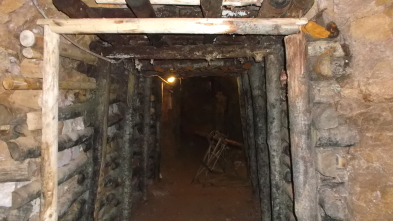
An extra thing worth a visit
In the first part of this article I described the Istituto Tecnico Minerario “Asproni” as “beautiful in all its intricate simplicity”. The same could be said for another Liberty-style building standing beside it: the headquarters of the Sardinian Mining Association (Associazione Mineraria Sarda).
Built in 1905, it was designed by Francesco Sappia, the same architect behind the Asproni school. Together, the two buildings form not only an architectural pair but also a historical one. The association based there has been fundamental throughout the decades in representing technicians and mine owners, working in concert with the istituto. If you get the chance, I highly recommend visiting this building, which to this day still serves as the home of the Associazione Mineraria Sarda.
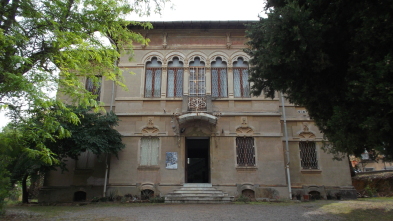
Wrapping it all up
If you’re looking for a different kind of experience on the Sardinian island, one you’ll surely never forget, the Museum of Mining Art is an excellent choice.
It’s easy to reach, especially if you find yourself visiting the whereabouts of the Iglesiente. And the tunnels are of course a great plus. You not only get to visit a museum rich in exhibits. But also to experience first-hand an extinct historical reality.
And as a bonus, since the museum is located within the city, you won’t have any trouble finding a great restaurant to indulge in some delicious macarrones de busa.
Or, better yet, why not make it an overnight stay?

